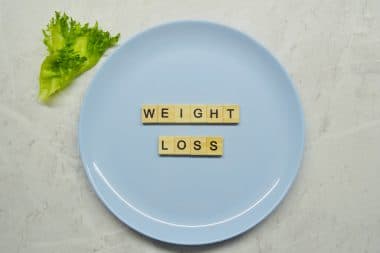As culinary artists continue to develop greater varieties of delicious food, those who struggle with weight gain and live their lives constantly dieting suffer as they feast their eyes on the forbidden. Thus, intermittent fasting diets have recently taken the world by storm. Under such a diet, you can eat what you want during predefined intervals and have to follow a strict diet the rest of the time. There are many forms of intermittent fasting, and before you start, it is important to understand how it works so you can choose the method that is best for you.
When people hear “fasting,” they often think of starvation, which is quite different. Though both require not eating, fasting is only done for a predefined length of time and for a specific purpose whereas starvation has no such parameters. Starvation is sometimes the unintended consequence when food is unavailable or can be part of an eating disorder in which someone puts off food for an unspecified period with no plans to resume a normal eating pattern.
Fasting, when done properly, has been shown scientifically to have major health benefits. Studies dating back to the 1930s, for instance, have indicated that it extends life and resistance to various diseases such as cancer in rats, monkeys, fruit flies, roundworms, and similar results have been found in human studies.
More recently, scientists have discovered that fasting creates a balance between insulin, which lowers blood sugar levels by breaking down glucose, and epinephrine and glucagon, which work together to increase blood sugar by breaking down glycogen. When we eat, we increase insulin. Alternatively, when we starve, epinephrine and glucagon increase until glycogen is used up and the hormones begin to break down the body’s tissue for glucose. In extreme cases, this can lead to organ failure as these hormones begin to even break them down. Thus, fasting can be dangerous if done excessively and beyond a well-defined stopping point when it ceases to be fasting and becomes starvation.
Intermittent Fasting
Dietitians have developed various methods of what they call intermittent fasting or alternate day fasting. One way is to eat nothing and drink only water for one 24-hour period, then eat normally the next day, repeating the process as much as needed. Other methods simply call for limiting your caloric intake to 500 calories on “fasting” days or simply fasting every two days instead of every other day. The more intensive methods produce the fastest weight loss results, but the simpler methods have a higher success rate because dieters have an easier time complying, especially over the long term.
Deciding which intermittent fasting diet is right for you might depend on your level of will power and commitment.
For best results, it is also recommended to eat reasonably healthy on non-fasting days and to incorporate exercise into your routine.








Reply